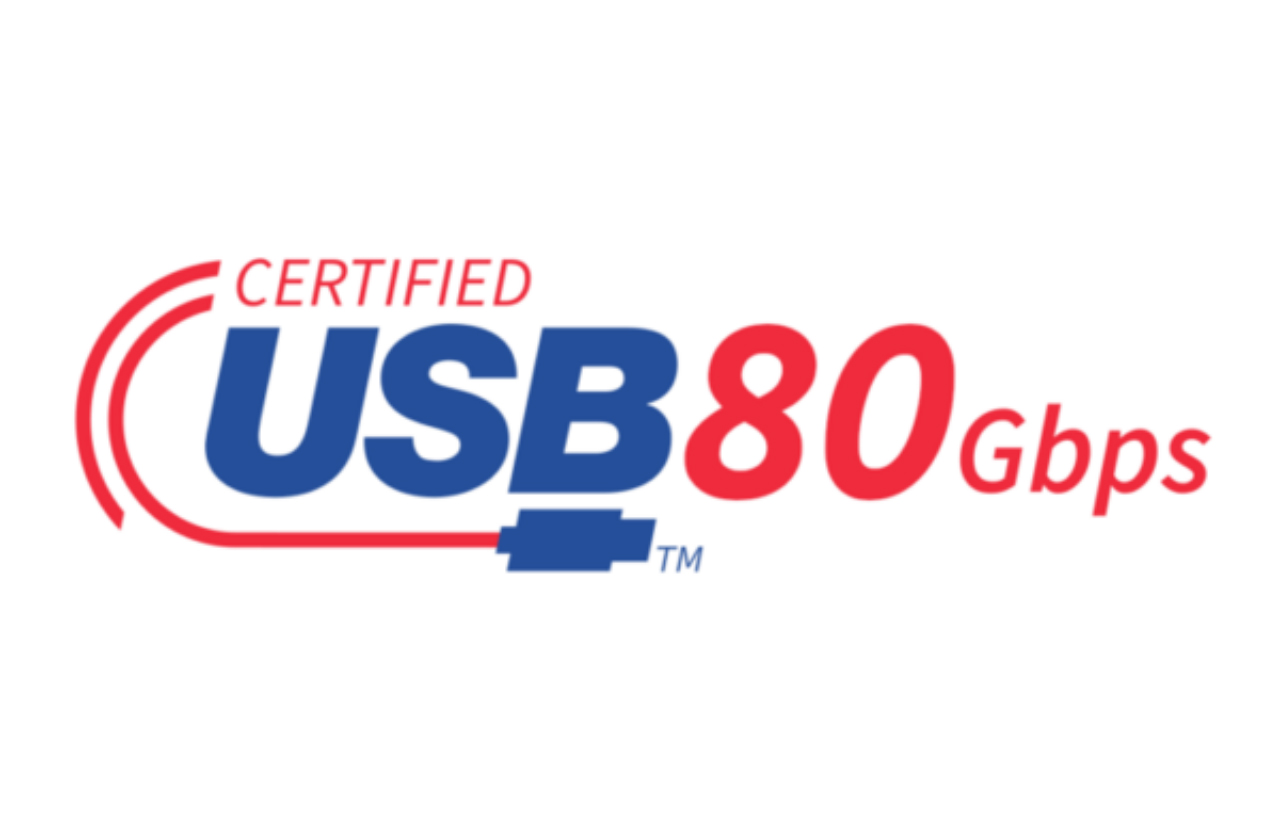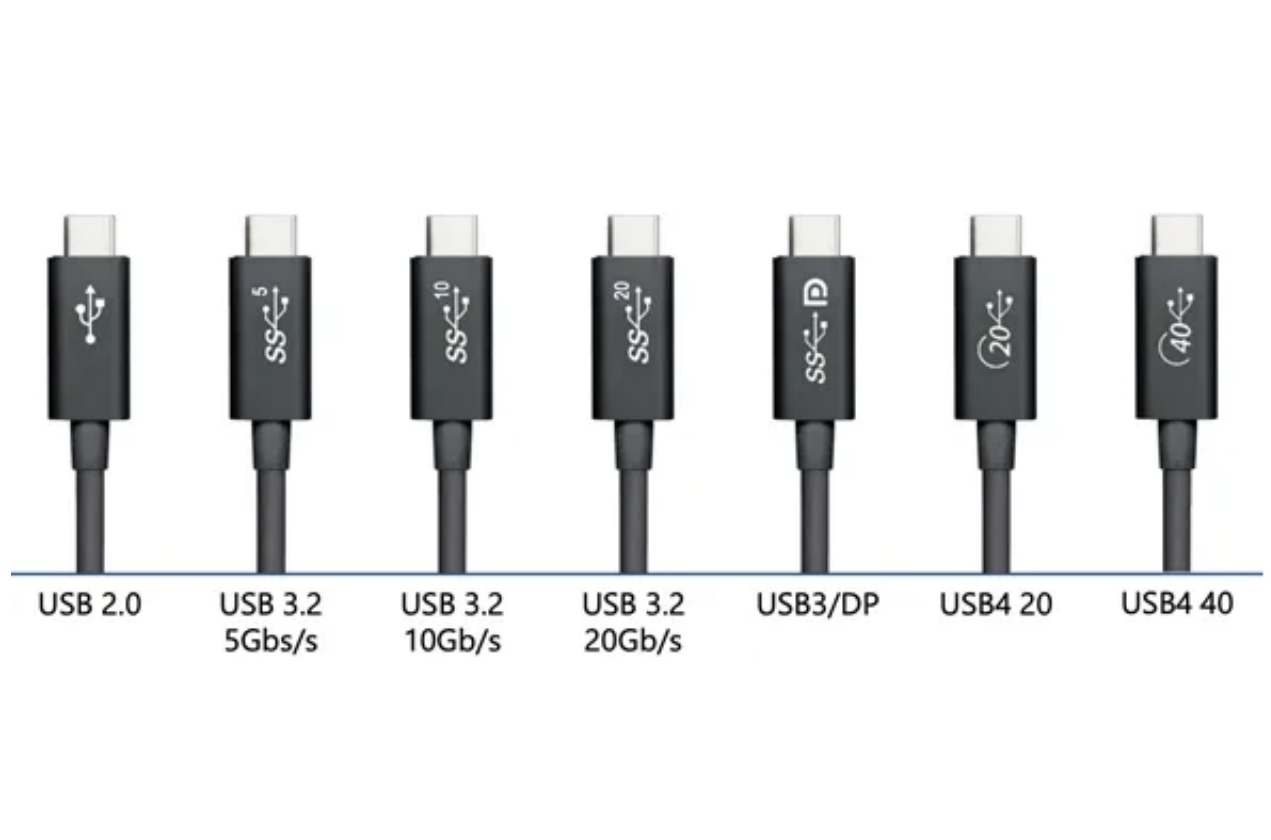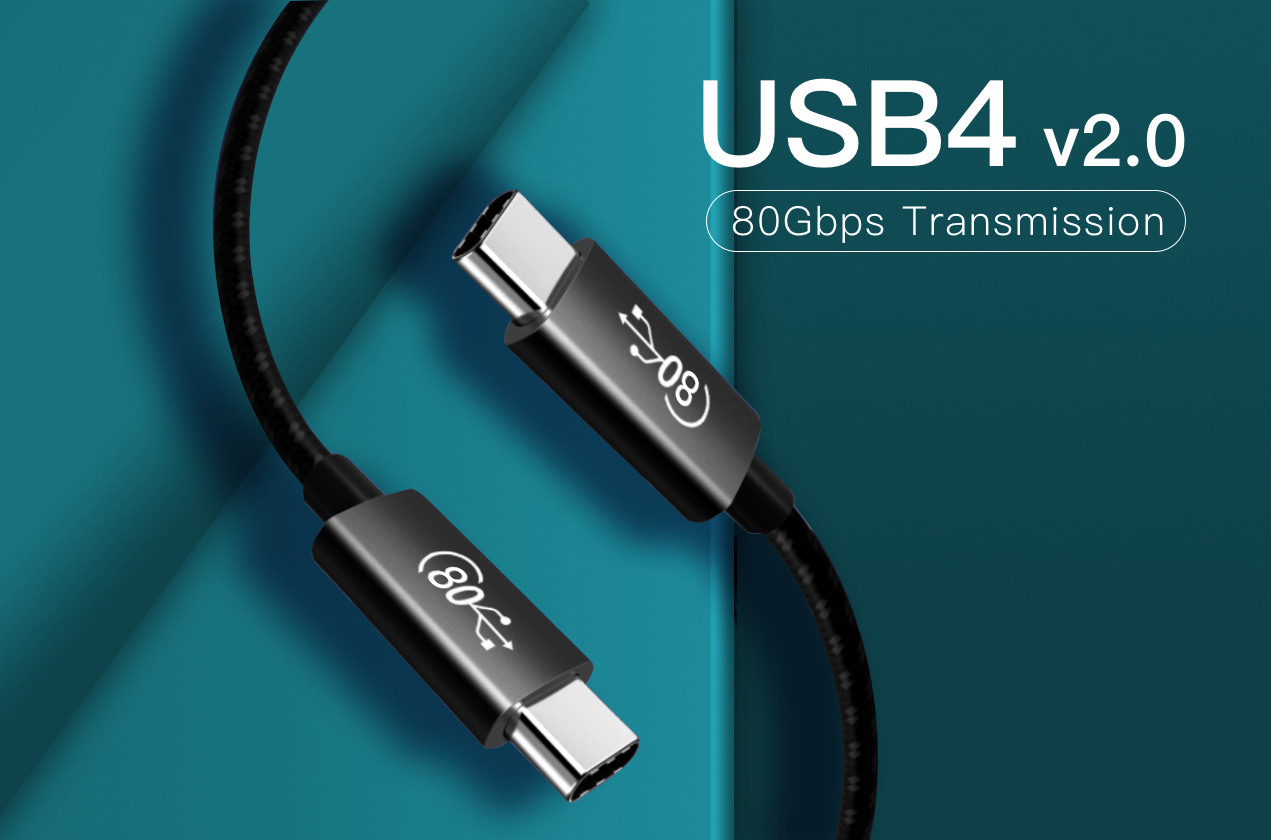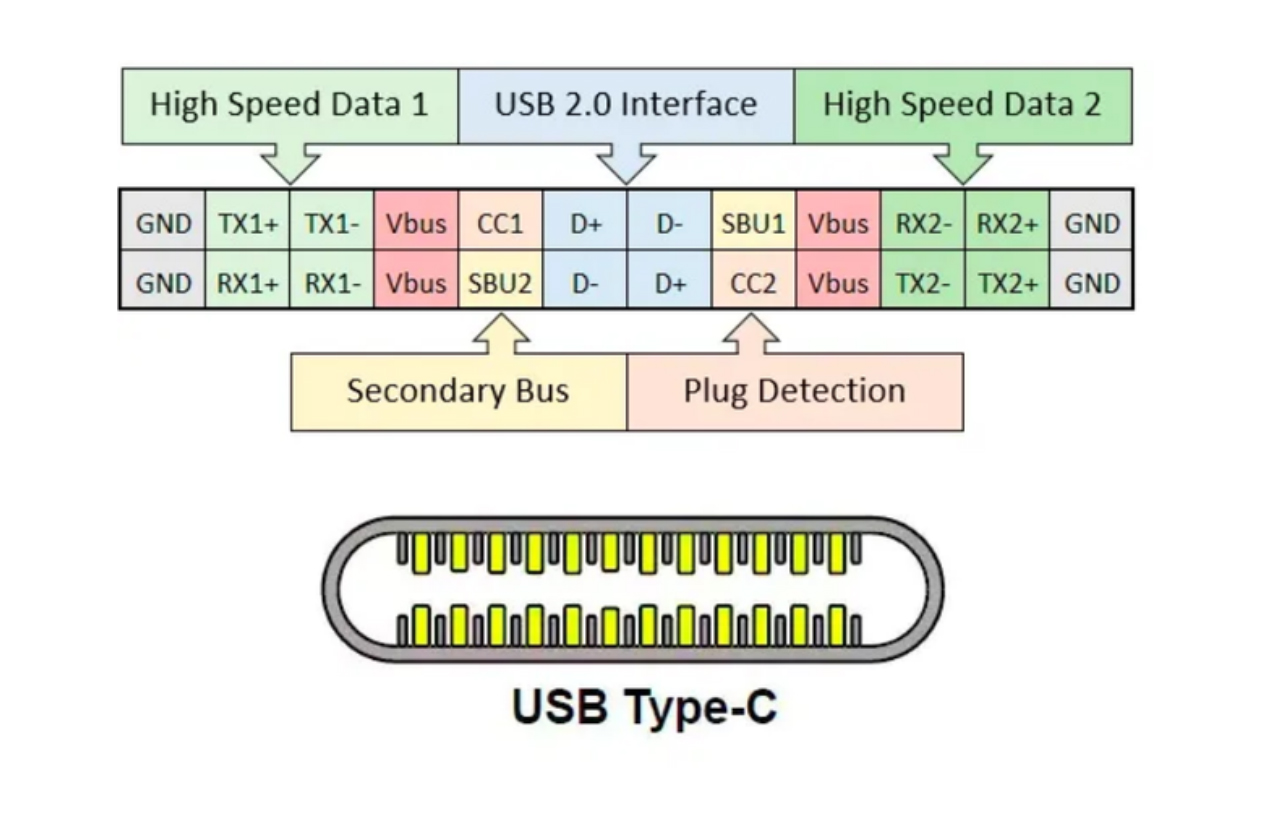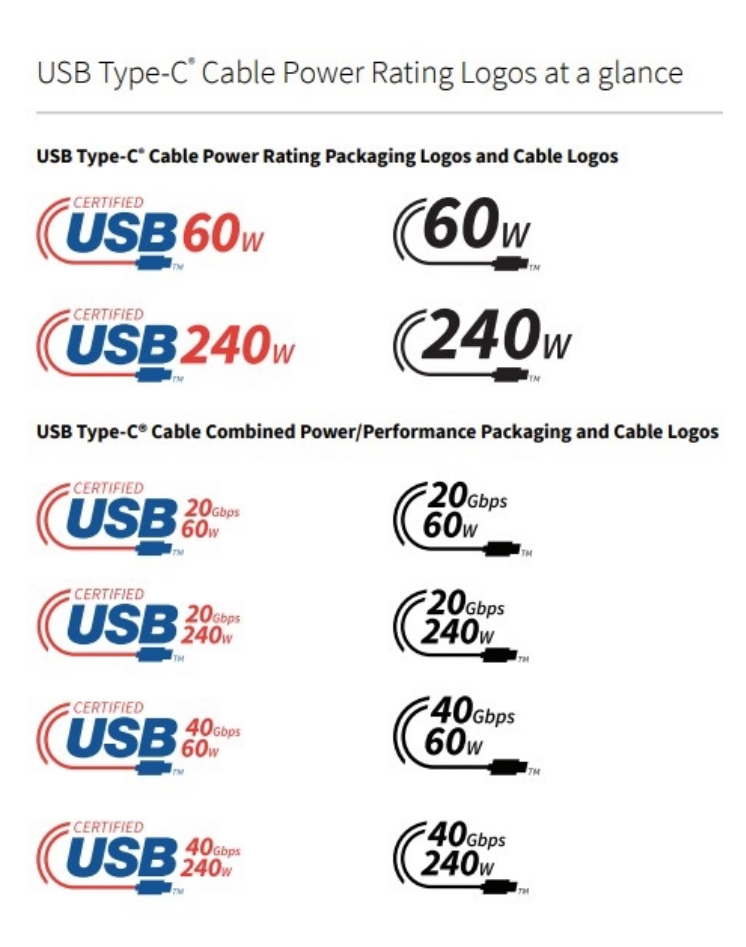USB4 v2.0 specification released,The speed soared to 120Gbps,3X faster than Thunderbolt 4
The USB promotion organization USB-IF announced on September 1st that it plans to release the new USB4 v2.0 specification at the USB DecDays held in November. At the same time, some functional features of USB4 v2.0 were foretold. Including doubling the bandwidth to 80Gbps, higher charging power, Updated DisplayPort protocol, etc.
In terms of rate improvement, the bandwidth rate of USB4 v2.0 will double from 40Gbps of USB4 v1.0 to 80Gbps. The new USB4 v2.0 standard also retains the consistently excellent backward compatibility, and is fully backward compatible with USB4, Thunderbolt 3, USB 3.0, USB 2.0 and even earlier protocols.
Thanks to the integration of the Thunderbolt 3 protocol, the USB4 standard has been able to achieve a transmission rate of 40Gbps through the Type-C interface.By integrating the Thunderbolt 3 protocol, USB-IF makes the naming of USB4 much simpler. Also, USB-IF forces the manufacturer to mark the transfer rate on the cable interface, Allows users to see the speed of cables and interfaces more intuitively.
Due to use the new physical layer architecture, USB4 v2.0 can not only support 80Gbps transfer rate, It also allows passive USB-C cables to support 40Gbps rates. The protocol updates the data and display protocol at the same time,Better use of the 80Gbps bandwidth, allowing the USB 3.2 data channel to exceed 20Gbps, Added support for the latest DisplayPort (2.0) and PCIe (5.0) specifications.
The USB Type-C interface was standardized in 2014, With 2 pairs of high-speed data links, Each pair has transmit and receive functions. Therefore, in a normal USB data configuration, The 4 channels are configured in a 2 Tx + 2 Rx symmetrical setup. USB4 Version 2.0 achieves 40 Gbps per lane, Hence 80 Gbps of bidirectional bandwidth.
The USB promotion group officially announced the USB4 v2.0 standard, The disclosed peak rate can reach 80Gbps, Twice as much as Thunderbolt 4.In fact, in USB v1.0, as long as it reaches 20Gbps, 40Gbps is only optional, From this point of view, the improvement of v2.0 is really not small.
And the surprise doesn't stop there, It turns out that 80Gbps is a bidirectional bandwidth, And USB4 v2.0 can also realize asymmetric encoding transmission mode, Support PAM3 (Pulse Amplitude Modulation) data encoding,And bring up to 120Gbps asymmetric transmission, That is, from the host to the device to increase to 120Gbps, From the device back to the host, it is adjusted to 40Gbps.
This horrible bandwidth is enough to carry a DP 2.0 UHBR20 signal, That is, 8K 85P uncompressed or 8K 144P (DSC compressed) signal, It's definitely fine with a monitor. The remaining 40Gbps can also be connected to an almighty docking station, Drive common devices such as webcams and network cards.
On the hardware platform, it is said that Intel Meteor Lake (Meteor Lake, 14th-generation Core) is already in the early stages of adaptation, and is expected to be the first to support USB4 v2.0.
The main highlights of the USB4 Version 2.0 standard are as follows:
· Up to 80 Gbps operation, based on a new physical layer architecture, using existing 40 Gbps USB Type-C passive cables and newly defined 80 Gbps USB Type-C active cables.
· Update data and display protocols to better take advantage of increases in available bandwidth.
· The USB data architecture update now enables USB 3.2 data tunneling to exceed 20 Gbps.
· Supports the latest DisplayPort 2.0 and PCIe 5 standards to comply with the latest specifications.
· Backward compatible with USB4 v1.0, USB 3.2, USB 2.0 and Thunderbolt 3 standards.

